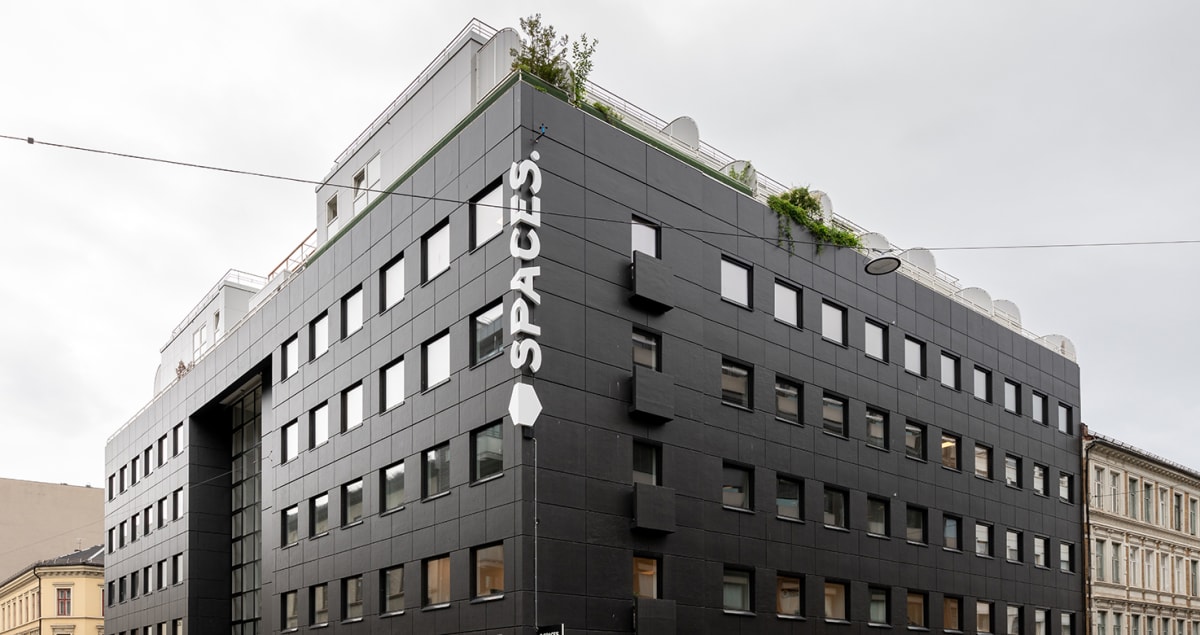The tradition of the company headquarters will live on after the pandemic – but expect a major shift in the way they’re leased, organised and used
With many workers saying they want to work from home – or at least closer to it – after the pandemic, is there still a need for the company headquarters? It’s a question playing on the minds of many in the corporate real estate world but there is every indication that head office buildings will continue to have an important, albeit reinvented, role to play in the new world of work. Here’s why.
HQs tap into a community
Now we know that remote working can still be effective, talent can, in theory, reside anywhere. In practice, though, people will still gravitate towards physical locations where there is a significant cluster of employment and talent in their sector – not least because of increased opportunities for networking and career development. This is why the corporate HQ will remain a powerful symbol of a company’s commitment in any particular city. Deciding where to locate key corporate offices, including headquarters, is one of the most important decisions a company can make, says Richard Florida, professor at the University of Toronto’s Rotman School of Management. “Such decisions have powerful and lasting effects on a company’s ability to attract, recruit and retain talent, and gain access to vital business networks and markets,” he explains.
It’s a place to collaborate
Alongside a home for the top executives, companies need a place where their people can mingle and get their heads together to generate ideas and innovate on a company-wide level. So, the focus for head office buildings will increasingly be on engineering spaces where people can get together and find that creative spark. “The function of the office will shift away from traditional work processes and oversight to the more collaborative, educational and social needs of a growing hybrid workforce,” says CBRE in its Future of the Office report.
It’s the heart of company culture
Company culture has been a major casualty of working from home during the pandemic. When people are not physically around each other, it is much more challenging to ensure that they share a common vision and values across the organisation. “Offices provide an important benefit to organisations through their ability to foster a corporate culture and for the organisation to communicate its ‘brand’ of values and external messaging throughout the workplace,” says Cushman & Wakefield in its History and Future of the Office report. The head office, through its architecture, visual design and facility for interaction, should be the ultimate reference point – for both internal and external stakeholders – of what the company stands for. Like a compass, you would be lost without it.
Companies need a secure centre
Whether you are operating a hub-and-spoke model or something more conventional, your organisation needs a centre point where C-suite executives can function in a secure environment when they need to – with all the support staff and resources that they rely upon. Company boards will still want to meet in person, company records will need to be kept and archived, and corporations will need a secure and stable address from which to engage with other entities and to provide a halo of substance and stability.
The HQ can be a flexspace
Some companies will opt for a different kind of headquarters in future, which may be within a building that’s offered as a flexible workspace, where they will share with other companies and which has a mix of different uses. For landlords, the opportunity is to partner with flexspace operators to cater for this segment of the market. For the company, benefits include having no maintenance costs, no long-term contracts and avoiding a liability on their balance sheet. A case in point: Deloitte took over an entire 70,000sq ft Spaces building in Vancouver with a view to creating an inclusive, flexible and collaborative work environment for 700 of its people in the city. From 2023, EY will base its Oslo HQ in the Stortorvet 7 flexspace, the biggest Spaces property in Norway, as well as using Spaces hubs all over the country.
Spokes people need hub time
As part of the increasingly popular hub-and-spoke model, a company’s head office – the hub – becomes a vital touchpoint for employees who spend most of their time working at outlying satellite offices closer to where they live. For these individuals, coming into the HQ is more about attending meetings or company events, to raise their profile within the organisation and to stay in touch with what is happening. There’s a social element to this, too, as IWG’s CEO Mark Dixon, points out: “The office HQ will become a place to collaborate, to celebrate, to meet your colleagues and to go out for a drink afterwards. It will become a social place.”
Flexible workspace is the fastest-growing sector of the global workplace market. Make the most of this exciting investment opportunity by partnering with IWG today






